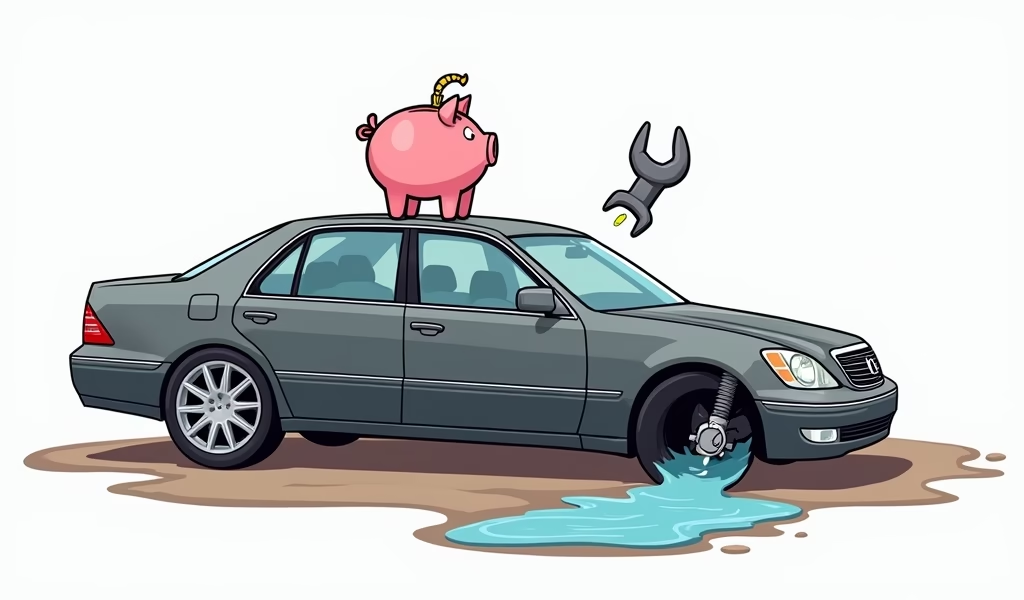BMW X7 air suspension: Prevent Costly Breakdowns
Overview Just as your BMW X7’s cloud-like ride can suddenly turn bumpy and uneven, its sophisticated air suspension system requires vigilant maintenance to prevent failures that often start with subtle warning signs and end with repair bills in the thousands. Understanding the system’s components—from air springs and compressors to sensors and control modules—along with implementing […]
BMW X7 air suspension: Prevent Costly Breakdowns Read More »










